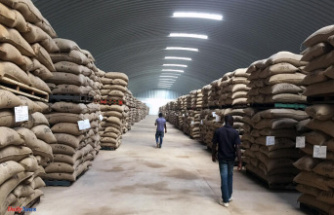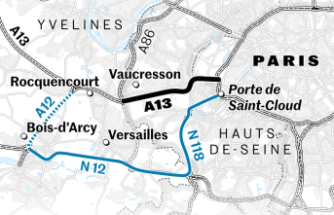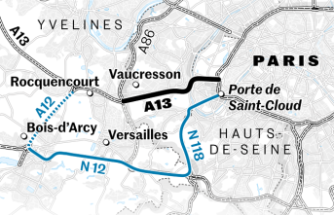The new quota system for the self-employed based on what they earn entered into force on January 1, 2023. With the approval of Royal Decree-Law 13/2022, of July 26, self-employed workers contribute based on your monthly income estimate instead of selecting a Social Security payment installment.
The new system has been launched with controversy, since Social Security has mistakenly charged the normal minimum fee to the new self-employed, those who registered between January 1 and 9, instead of the 80 euros of the flat rate that would correspond to them. The incident has affected some 8,000 people. From the public system they have indicated that the quotas for the month of February will be calculated correctly and the self-employed affected will be transferred to the exclusive collection of 80 euros of flat rate.
The calculation of the quota of each self-employed person will be made with the sum of all the invoices of the month of the worker after the liquidation of the VAT and the corresponding personal income tax. In addition, the contributions paid to Social Security.
These calculations are determined by the computable returns of the IRPF minus the generic expenses. In the latter case, it is also necessary to distinguish between 7% or 3% for self-employed companies.
Based on the final result, the worker must select the corresponding quota band.
Since 2023, the contribution brackets are divided into 15 to adapt to the different incomes of the self-employed. In addition, employed workers may change their contribution bracket up to six times a year.
For the next financial year, the sections start from a minimum of 230 euros to a maximum of 500 euros. These amounts will be adjusted again in 2024, with quotas between 225 and 530 euros, while in 2025 the minimum quota will be 200 euros and the maximum of 590 euros. The low installments are reduced and the upper sections are increased.
The new self-employed in 2023 can opt for a flat contribution rate that rises to 80 euros per month compared to 60 euros in the 2022 financial year.
It will be extensible during the first 12 months of the self-employed worker provided that their income is less than the Minimum Interprofessional Wage (SMI).
New employees will also be able to benefit from a zero fee if they belong to the 80 euro rate plan depending on their place of residence.
The self-employed in this section of Madrid, Andalusia or Murcia will receive a regional bonus that will replace their monthly quota. A measure that will also be applied in the Balearic Islands for those under 35 years of age.
For the start of the 2023 financial year, the contribution base of December 2022 will be taken as a reference. Thus, if the self-employed worker wishes to modify his contribution base, he must follow the following steps:
The self-employed quotas according to the net income tranche are:
According to the criteria of The Trust Project












